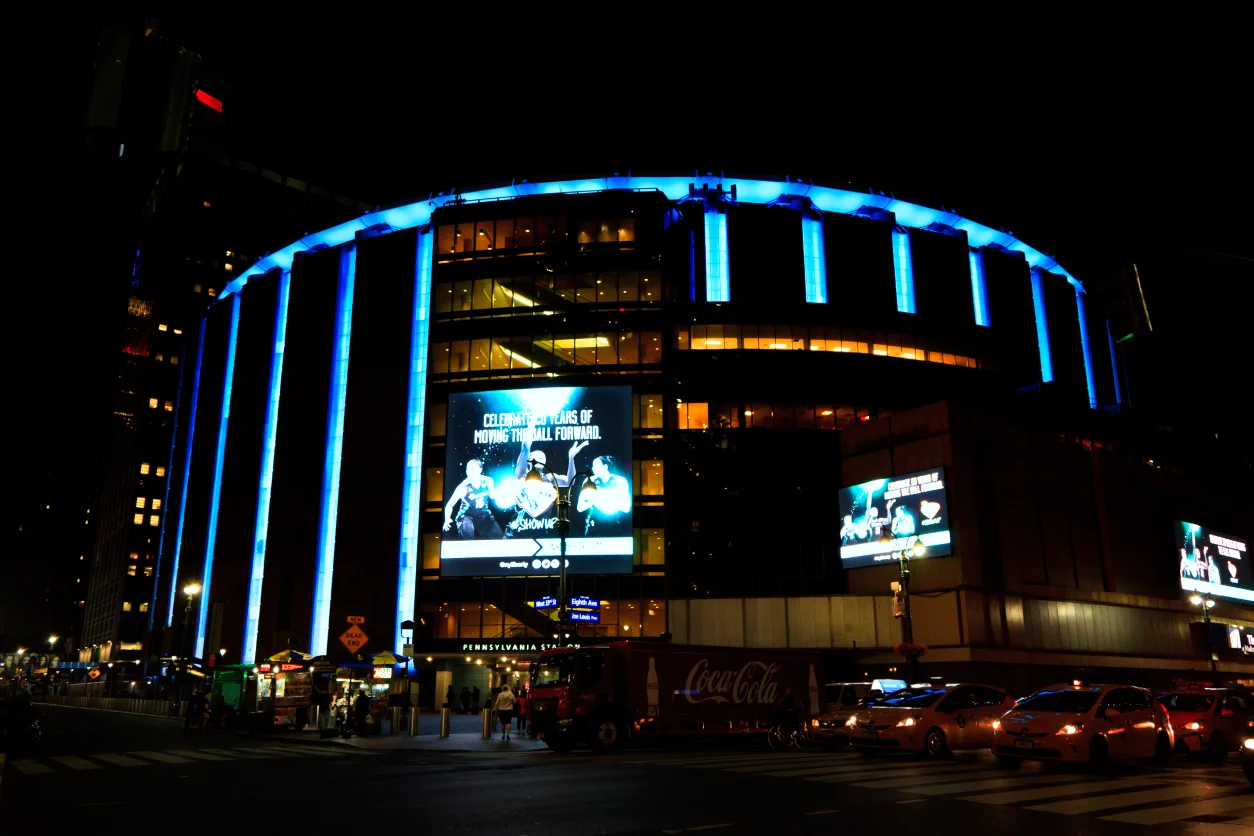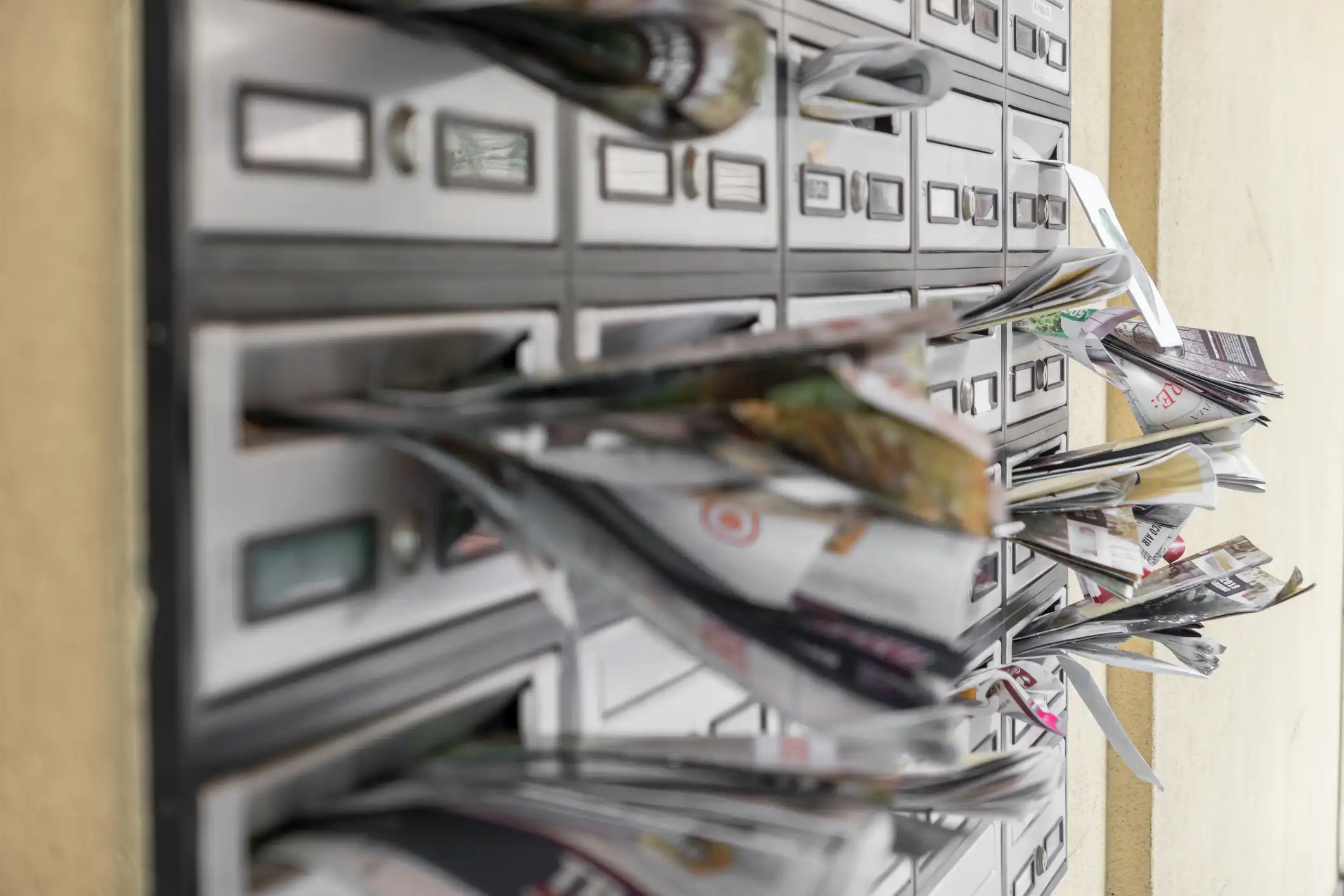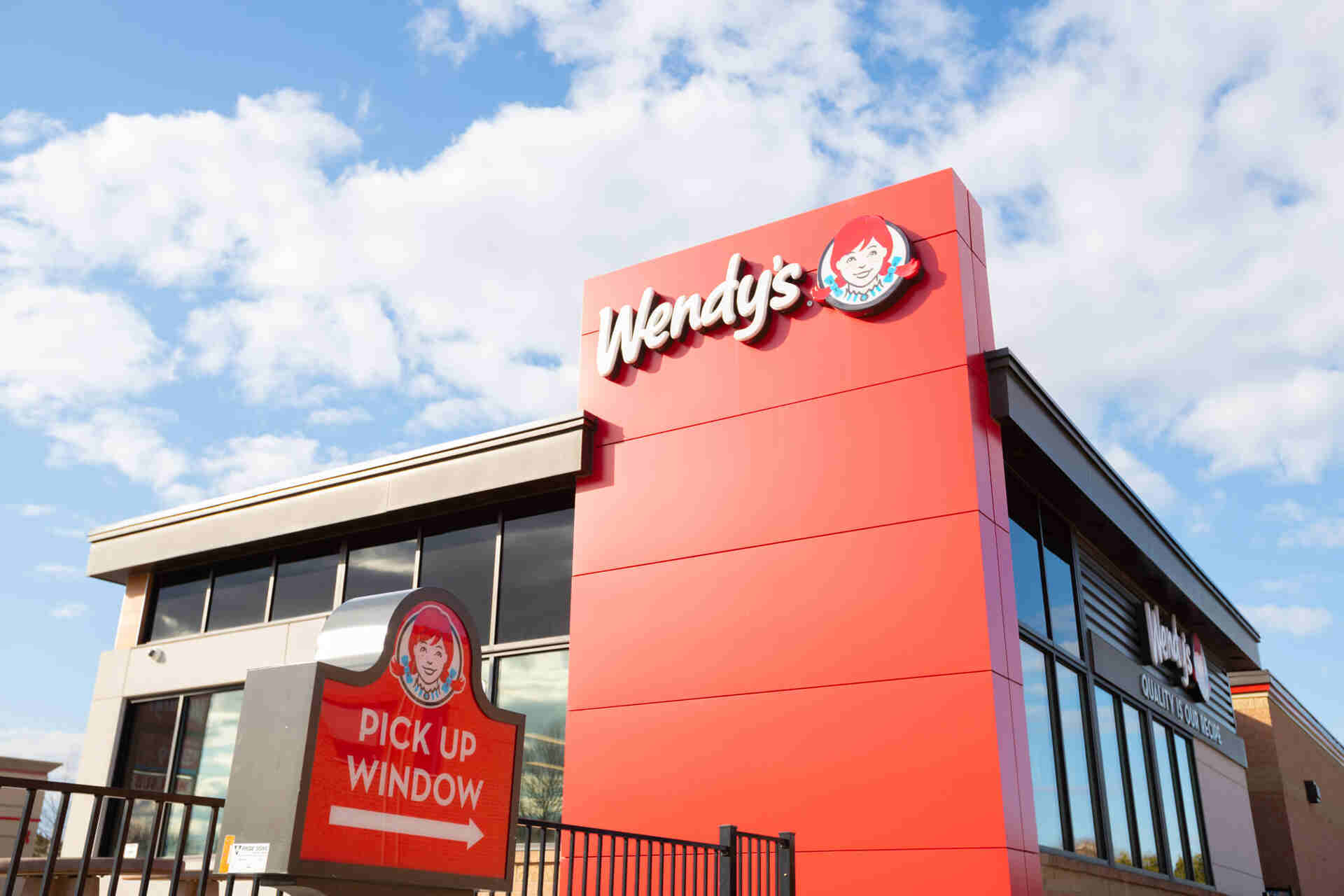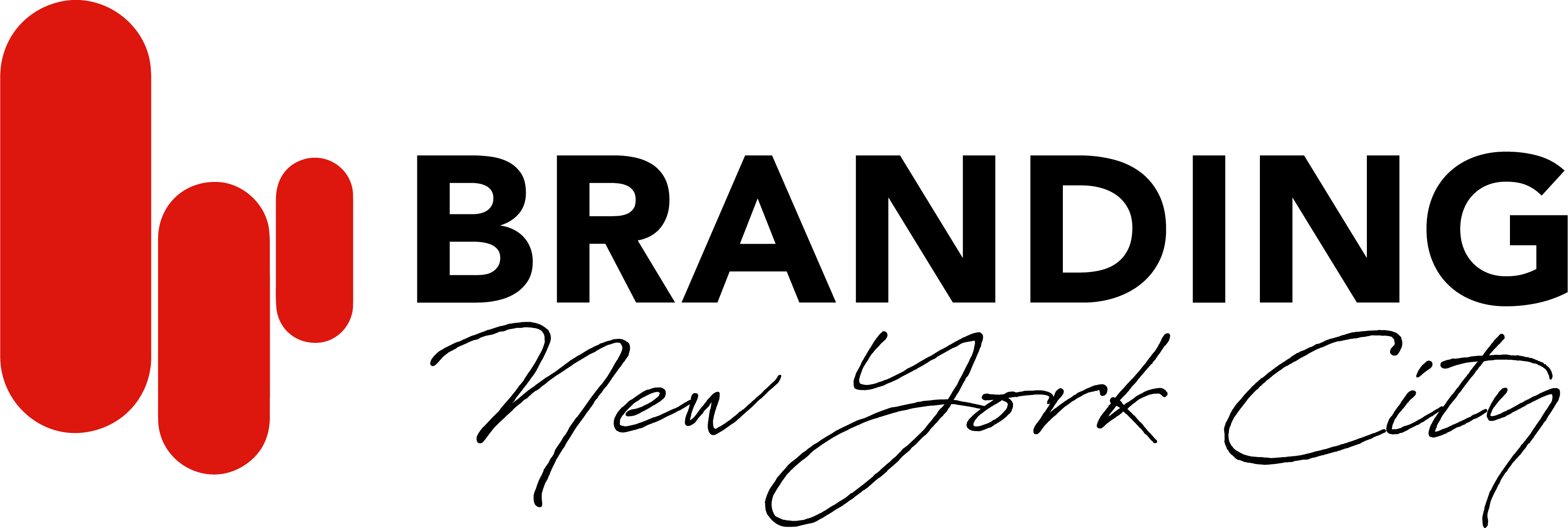Once synonymous with group meetings, portioning and big-name celebrity sponsorships, Weight Watchers—rebranded WW—hovers on the brink of bankruptcy, reports have indicated. With decades of inspiring tens of millions of individuals to lose weight and change their lives, the company that led the way in the weight loss business can’t appear to balance its books. From New York retail stores to online overhauls and celebrity sponsorships with ad deals with celebrities like Oprah Winfrey and medical marketing new york city strategies, the company has experienced its fair share of ups and downs. What went wrong, and why is WW perched on a financial precipice today?
How did new health trends doom Weight Watchers?
By the early 2000s, Weight Watchers was a well-known by Americans, offering a point system, weekly weigh-ins, and professional counseling for member support. There were scores of meeting sites alone in New York City where the company operated, many of which were standing-room-only packed with loyal regulars who stuck to the program’s rules and results.
But wellness culture overnight lagged. While the world was trending towards body positivity, intuitive eating, and anti-diet culture, the WW brand was falling behind. Lifestyle change over diet cultures appealed to millennials and Gen Z consumers. Fitness apps, biohacking, and influencer-driven programs emerged, and WW started to look dogmatic. And while WW tried to shift, the harm to its reputation of being on the cutting edge had already set in.
Did Oprah’s investment return in the long run?
After Oprah Winfrey invested in Weight Watchers in 2015, stock shares rose signficantly. Her endorsement brought it new light and credibility. She was not just a spokesperson—she was an evangelist and investor in the message of rebranding: this was not dieting; this was wellness.
It endured longer than a moment. Oprah’s own obesity struggles made her more accessible to readers. Her fame created one of the largest seo medical marketing bonanzas in history for the modern WW. Billboards that showed Oprah sobbing, “I love bread,” became overnight Internet sensations and react.
But even Oprah could not sustain the brand indefinitely. She still had a compelling message, but tough company design didn’t alter. New competitors emerged with newer digital technology and decreased weight stigma. Individuals craved community without shame. WW still possessed its heritage, and that made it challenging to evolve.

How did digital transformation fail?
WW attempted to reimagine the brand for the new era. It developed mobile apps, was an influencer partner, and was as much about wellness as it was not about weight loss. It eliminated all “Weight Watchers” branding in favor of “WW,” attempting to cling to healthier trends and eradicate diet stigmatism.
But while the shift did theoretically make sense, it left many consumers in a state of confusion. WW was no longer what, precisely? A weight loss company? A lifestyle brand? A technology platform? The clarity that characterized Weight Watchers went out the window with the rebranding.
Meanwhile, its competitors like Noom, MyFitnessPal, and Peloton rode high. They provided real-time monitoring, AI-guided curation, and social without gaudy brand baggage. WW’s web business, while so useful, wasn’t niche within a clashing marketplace. It lagged to truly innovate, and by the time it closed the gap, customers had defected.
Was the business model sustainable in a post-COVID world?
Face-to-face meetings were the lifeblood of Weight Watchers. Members relied on church basement, and community center, and leased office space meetings weekly. In a city like New York City, these were not weigh-ins—these were social rituals.
Then came COVID-19 struck. Group sessions were canceled. Offices shut down. And a big chunk of the older user base had grown up on in-person support, and they lost the routine they relied on. WW was struggling to adjust, selling online memberships and video sessions. But it wasn’t quite enough.
It just disrupted business. It indicated to the world how dependent WW had been on a model so old-fashioned. More modern businesses were already prospering online. WW needed to catch up, and that didn’t come cheap.
How did WW’s competition surpass it in advertisement?
The local seo for medical marketing strategy was where WW once held court. Emotional appeals, celebrity endorsements, and arrogant brand promises pushed it to market leadership. That leadership evaporated in the long run. Since WW was built on successful medical marketing agencies campaigns, other firms began thinking outside the box.
Diet programs such as Noom framed themselves as psychology courses, not diets. Peloton was selling a lifestyle. Fitness influencers on TikTok racked up mammoth followings overnight on the strength of free makeovers, information, and advice. WW’s strategy felt old-school in comparison.
Even its foray into “wellness” jargon was a backlash, not rebirth. Shoppers yawned. And while WW’s hard-core mid-market loyalists still cared about the brand’s heritage, newcomers simply didn’t.
What are the money problems sending WW to the bank?
Behind the brand’s trouble are somber facts. Sliding memberships, increasing competition, and lackluster online performance have battered the bottom line at WW. Stories of runaway debt, squandered overhead on underused meeting rooms, and glacial adoption of the app are dire reading.
Their constant efforts at rebranding, new launches, and loyalty have not stem the hemorrhage in the books. The recent quarters saw revenues in reverse. And with inflation accelerating and consumer dynamics shifting, the economics of getting things done the way they had been doing things have proved to be too costly.
Then put on top of that store closing and layoffs, and failed alliances, and you have a brand with decreasing assets and increasing liabilities. Bankruptcy hangs over it not because the brand blew up overnight, but because it did not change quickly enough.
Is a turnaround feasible?
Maybe—but it would need to drastically shift. WW also has brand buzz. People still remember it. There is a generation that remembers it as being all about true change and people. But that cannot drive the future.
WW must make its model more straightforward, rebrand, and bet on innovation to survive. That could involve selling off club assets, doubling on mental and integrative health, and partnering with emerging voices in fitness and nutrition.
It might even entail recognizing that “wellness” is no fairy tale elixir. Individuals are not asking for perfection; they are asking for individualization. If WW somehow magically can be human and contemporary at once, then perhaps it is not yet done playing its role in the next health culture wave.
Conclusion
Weight Watchers is not failing because humanity lost interest in health—it’s because the brand wasn’t evolving quickly enough to a new world. With new values, new competition, and disruption by technology, even an old, respected brand name can fall apart. But with the right approach, a different story can be written. Whether WW remains formal or not only time will tell.







